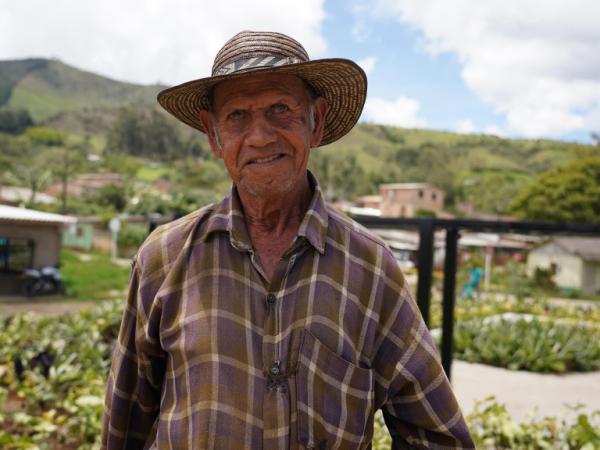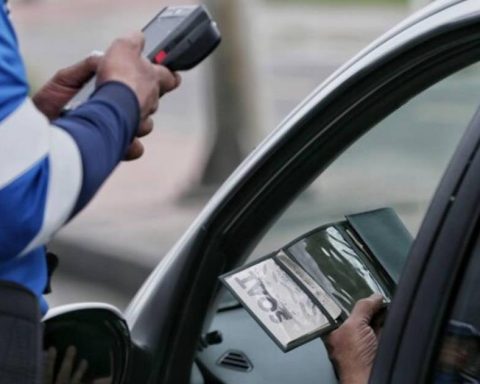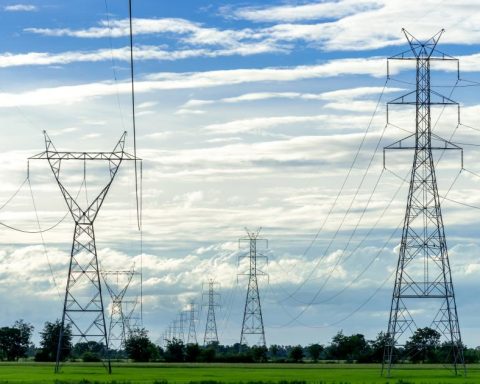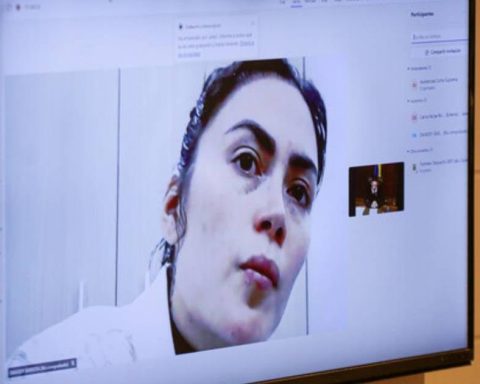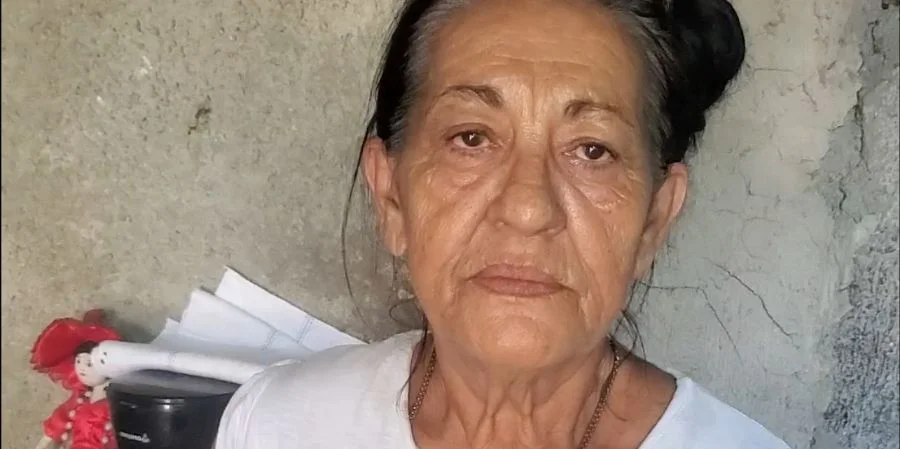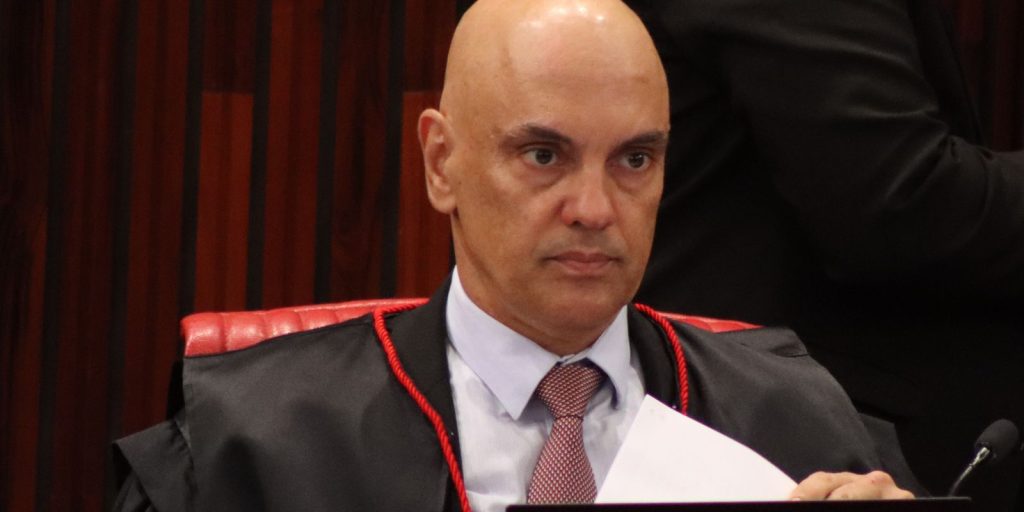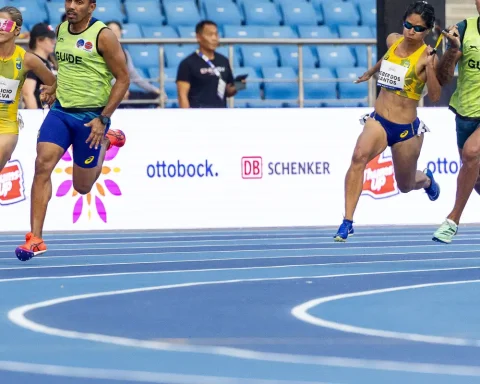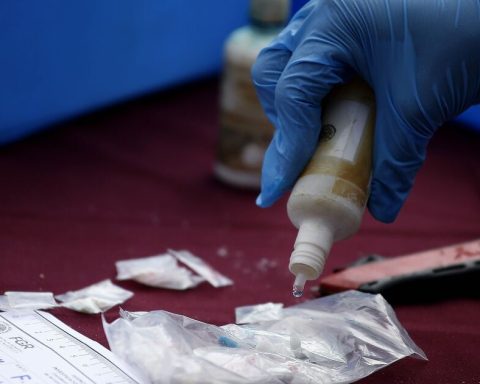Colombia It has a significant number of social programs aimed at improving the quality of life of the population in vulnerable situations. Zero Hunger program It is one of the key initiatives of the Ministry of Equality and Equity, what are the details?
What is the Zero Hunger program?
According to the latest data collected by National Administrative Department of StatisticsIn recent years in Colombia there were approximately 15 million people with difficulties accessing food and 2.6 million in situations of severe hunger.
To deal with this situation, various assistance and support programs are created, including: Zero Hunger. According to the Ministry of Equality and Equity’s own website“It seeks to progressively guarantee the human right to adequate, sustainable and culturally appropriate food.”
The agency detailed:
– 3 out of 10 households have difficulty accessing sufficient food.
– Among indigenous households, 5 out of 10 have such difficulties.
– Among Afro-descendant households, 4 out of 10 are in the same situation.
(FURTHER: Colombia Without Hunger: Is there a new date for the 2024 payments?)
Zero Hunger Program
Source: Social Prosperity – Official Facebook
What are the most affected areas?
The most affected regions include La Guajira, Sucre, Atlantic, Magdalena and Chocówhere more than 40% of households face serious problems of access to food.
But there are also other areas in the same situation such as Arauca, Cordoba, Nariño, Vaupes, Bolivar, Vichada and Guaviare where the context is serious.
(READ: VAT refund 2024: how to check if you are a beneficiary with your ID number?)
Main objectives of Zero Hunger
1. Access to Food: includes the delivery of food baskets and hot meals in the areas with the greatest difficulties.
2. Strengthening Food Systems:Improve local capacities for food production and supply
3. Reduction of malnutrition:reduce nutritional deficiencies in children under five years of age and pregnant women.
4. Community Training:Communities are supported to comprehensively manage responses that guarantee the right to food
5. Support for Local Producers: The program also seeks to help those who produce their own products.
6. Distribution and supply: ensuring that food reaches those who need it most.
